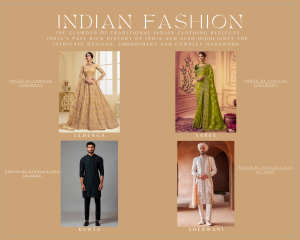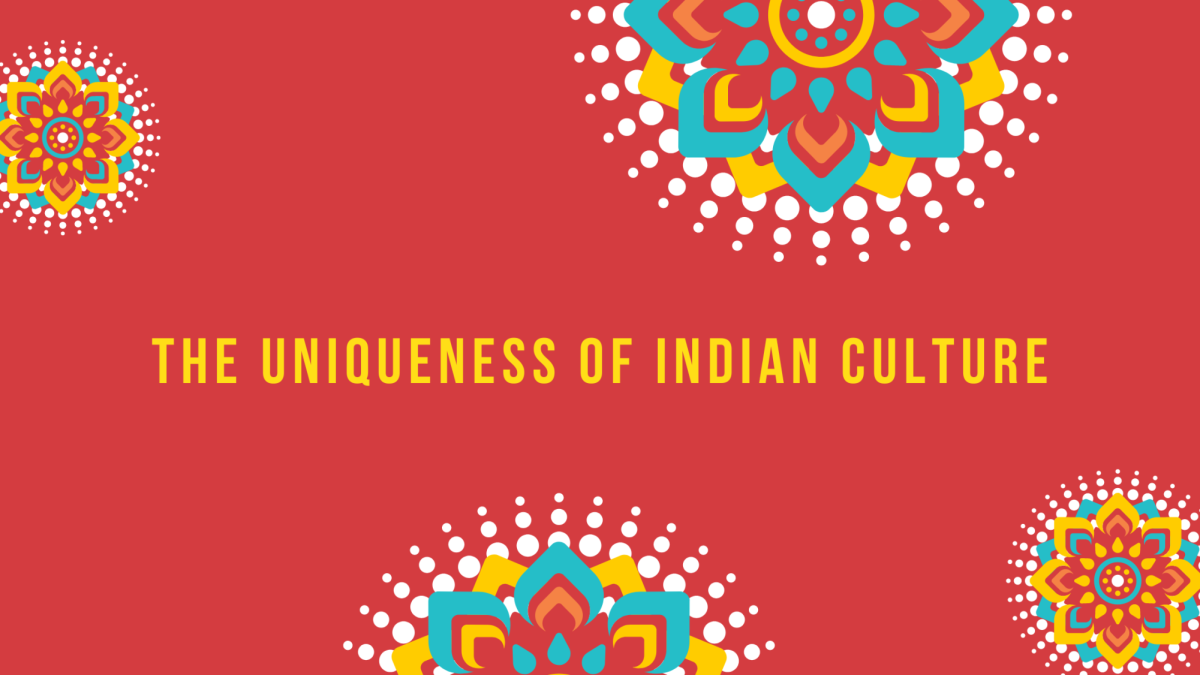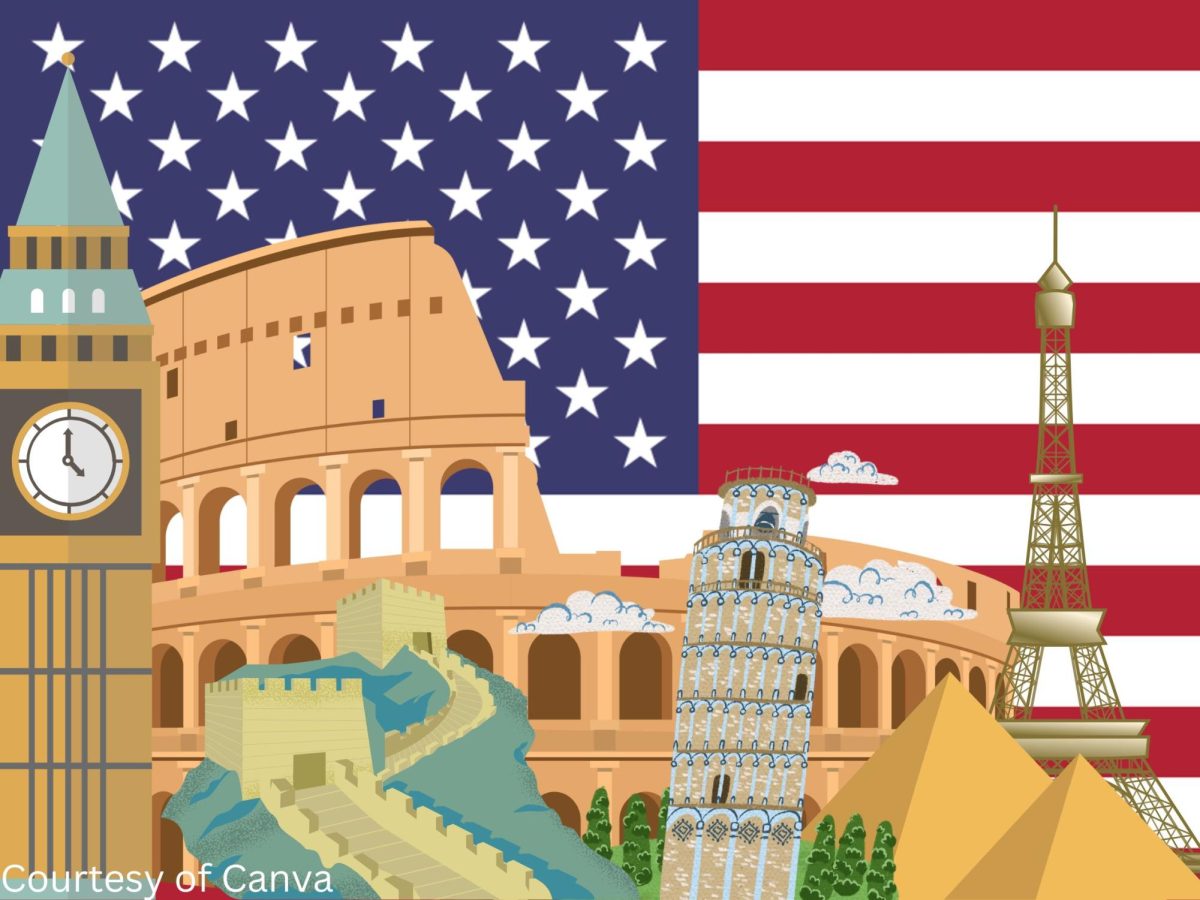Indian culture dates back over 5,000 years and represents one of the world’s oldest civilizations. They recognize a wide range of traditions and practices sharing diverse social norms across regions, language groups and religions. The most common standard, however, involves how Indians value respect, maintain their culture and foster family bonding. Their culture stands out famously for its traditional clothing, architectural structures and cuisine.
“Indian culture expresses respect and distinguishes them differently. We tend to dedicate more respect to elders and education by highly honoring what is given or received. That’s how I found myself teaching. I admire how youngsters treat the elderly,” NC AP Calculus teacher Deepa Stephen said.
The people of India put great effort into friendly offerings and guest hospitality. When guests arrive, they start with the namaskar, a gesture of respect, or the Pranum, a respectful welcome by touching the elder’s feet at the entryway. Offering Chai, a popular drink for guests at social gatherings, represents another way of showing care to a visitor.
Indian cooking methods differ from the rest of the world due to their wide range of cultural and historical combinations. Various civilizations such as Mongols, Persians and Chinese influenced Indian dishes, contributing to India’s overall development and current form. These recipes include well-known spices that enhance the flavor of meals, such as Biryani, Masala, Butter Chicken, Dal and several other dishes.
During holidays such as Diwali, Holi and religious rites, people dress up in traditional garments for celebration. Sarees, lehenga and salwar kameez form three of the most iconic traditional Indian clothes for women; men generally wear dhotis, kurtas or sherwanis. Traditional Indian clothes pose as one of the most unique elements in the world; with rich and brilliant colors, creative textile designs and detailed embellishments, the clothing exerts a major influence on self-identity. In contrast to traditional clothing, modern Indian fashion grew heavily influenced by trendy Western designs. Each of these clothes offers its own distinct design and history, with the saree representing one of India’s oldest and most versatile garments in the country’s fashion. Rarely do talented Indian designers receive recognition for the hours of dedicated hard work they put into their creations.
“I truly believe that Indian fashion has evolved throughout the years and is famous for its intricate creations that have taken hours and hours of meticulous work. In the end, it shows its true value when worn. Every piece is a statement that comes from history or creates history in India. It serves as my cultural identity, as it is an appreciation of my culture with how it expresses numerous colors, styles, and details. Wearing Indian fashion allows me to spread awareness of my culture, which makes me proud to share the history of India, my culture and my identity,” NC alumna Bianca Biswanath Sarkar said.

The film industries in India, such as Bollywood, hold a long history of influencing awareness of the country’s society and culture. They play significant roles in globally promoting India’s culture and fashion to reflect India’s hopes, values and traditions. Indian art frequently focuses on presenting a story and expressing emotions. Dance serves as one of the examples by presenting different forms throughout the Indian regions, such as Bharatnatyam, Kathak, Bhangra, and Bollywood Hip Hop dance. Dance plays a significant role in the country’s society by expressing emotions, sharing a story and even providing entertainment at events. Because of their creative beauty and incredible emotional impact, Indian art continues to grow in popularity and influence worldwide. Indian culture traveled a long way in history to reach where it stands today.
















